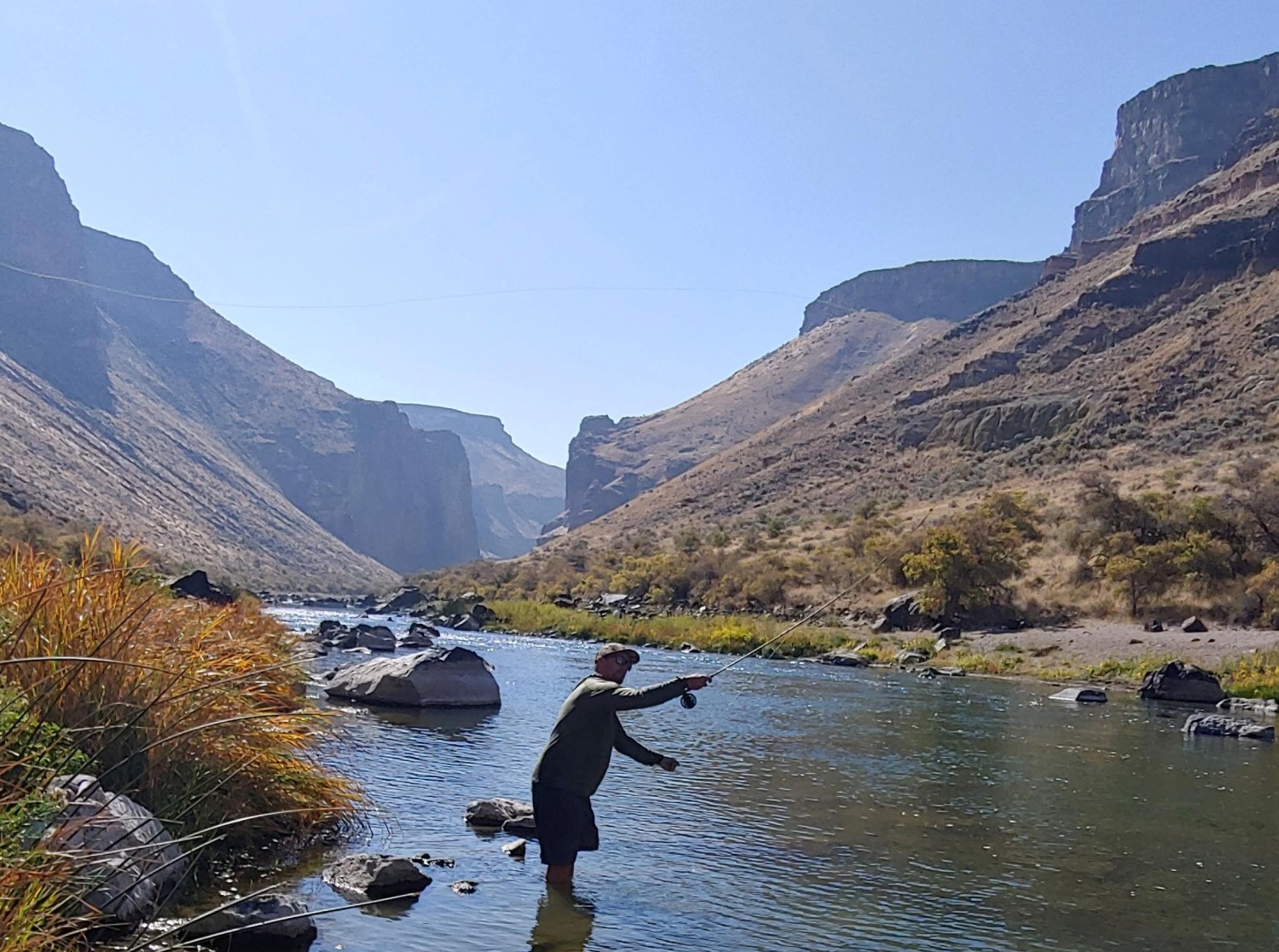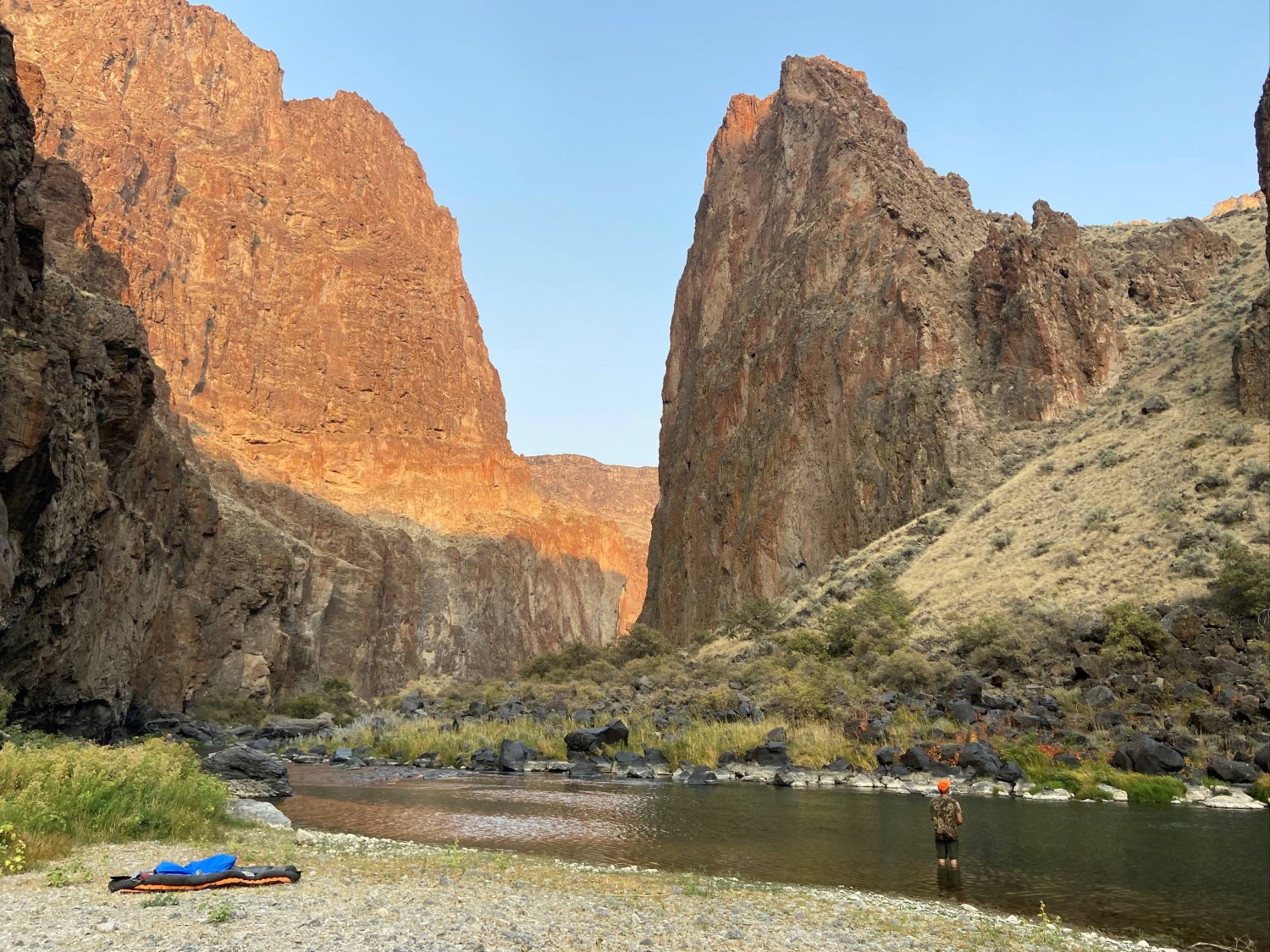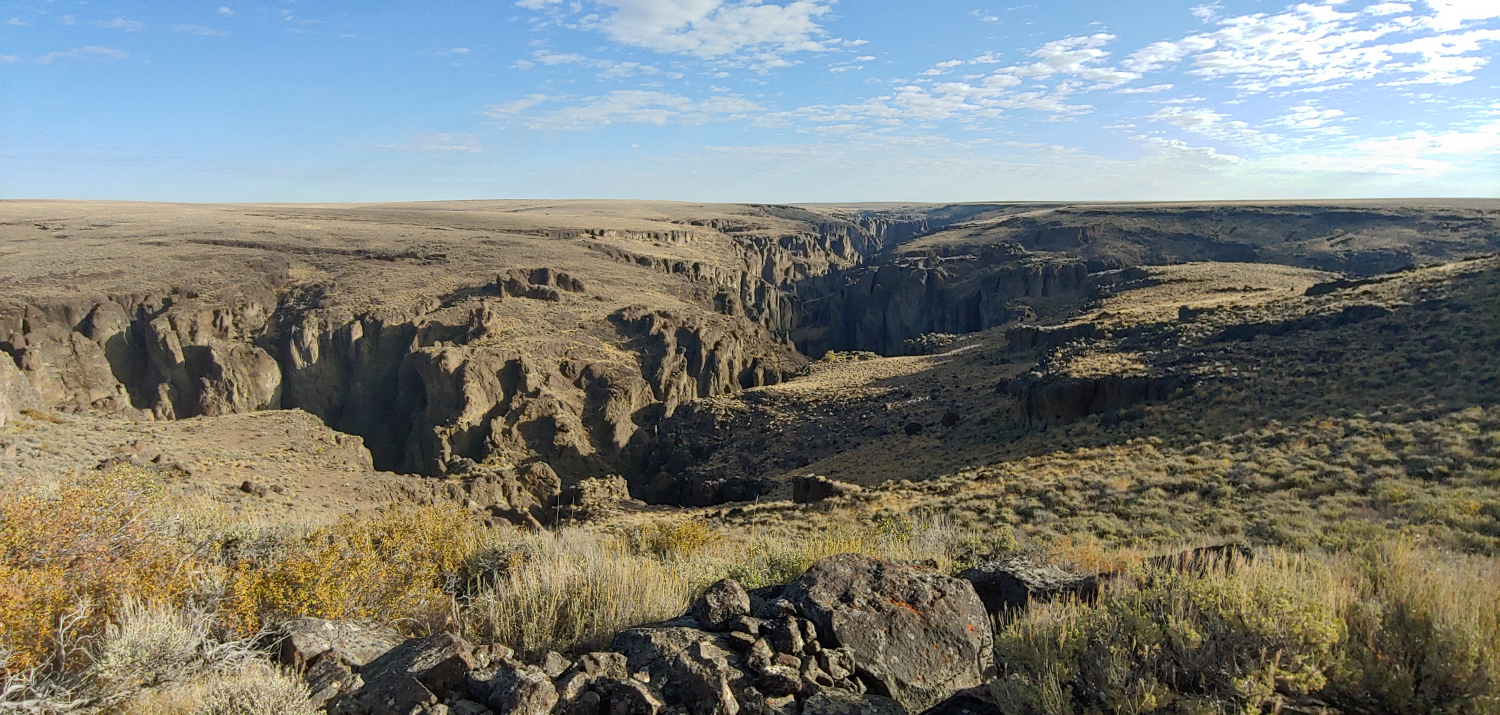Conservation works for hunters, anglers, and the American economy
After COVID hit the United States, people flocked to mountains, rivers, lakes, and trails to escape the four walls of our homes and clear our heads. These outdoor places provided respite and improved the wellbeing of millions of Americans.
Unfortunately, it’s our economy that needs a breath of fresh air now. Following the economic downturn of the past year, Congress should make bold investments to create jobs, rebuild our economy, and improve the health of our communities.
Our natural resources can once again bring our nation together, if Congress seizes the opportunity to invest in them. As policymakers search for ways to stimulate the economy, they need look no further than our lands and waters. That’s why hunters and anglers are joining a diverse coalition of conservationists and outdoor enthusiasts to ensure that Congress considers fish and wildlife habitat as part of the solution to the many challenges we face.
The six policy proposals that we have put forward will put Americans back to work, combat climate change, and enhance our outdoor recreation opportunities. Here’s what Congress should do to let conservation work for America.
Strengthen America’s coastlines and restore iconic ecosystems.
Our coastal wetlands, marshes, river systems, and floodplains serve an outsized role in minimizing the impacts of extreme weather events. Restoring these landscapes will not only ensure the functionality of important coastal ecosystems for years to come, it will also enhance natural flood buffers, protect critical infrastructure and communities, improve water quality, and support economic growth.
In the Gulf of Mexico, wildlife tourism alone supports $19 billion in annual spending and supports over half a million jobs, but the region is also incredibly vulnerable to the impacts of climate change. The Mississippi River Delta has lost more than 2,000 square miles of land since the 1930s and continues to lose the equivalent of a football field worth of wetlands every 100 minutes.
Congress should support the conservation and restoration of these systems by funding publicly vetted coastal or watershed restoration plans. Congress should also create a new program to fund coastal restoration and fisheries management initiatives, like those that were supported by the American Recovery and Reinvestment Act of 2009.
Prioritize wetlands restoration.
The North American Wetlands Conservation Act has proven to be our nation’s most effective program for protecting, restoring, and enhancing wetlands and waterfowl habitat. Since 1990, the program has provided flood control, protected water quality, improved ecosystem function, and secured recreational access on more than 30 million acres of wetlands. The partnership model established in this legislation generates roughly 7,500 jobs and supports over $200 million in salaries annually. We strongly encourage Congress to fully fund this program.
Invest in our nation’s private lands.
The U.S. Department of Agriculture administers a suite of voluntary conservation programs that provide value to rural America beyond their well-known ecological benefits. Incentives offered through the Conservation Reserve Program, Regional Conservation Partnership Program, Environmental Quality Incentives Program, and the Agricultural Conservation Easement Program optimize farm and forestry operations, improve fish and wildlife habitat, and add value at a time when the agricultural economy needs it most.
These initiatives help agricultural producers, hunters, and anglers but require significant investment to ensure they remain effective in protecting soil, water, wildlife, and landowners’ bottom lines. We urge Congress to double its investment and significantly grow enrollment in Farm Bill conservation programs, so we can address natural resource challenges—like habitat loss and climate change—and provide landowners with the technical and financial assistance they need.
Use habitat to improve the resilience of transportation infrastructure.
With over 4 million miles of public roads in the U.S., the scope of repairs needed to support our aging transportation infrastructure seems daunting. We encourage Congress to pass a highway bill that creates a new competitive grant program aimed at enhancing the resilience of these critical transportation systems. This kind of dedicated funding is necessary to prioritize the use and restoration of natural infrastructure—natural systems, like wetlands and dunes, that can mitigate threats to our roadways, like flooding from powerful storm surge.
Incorporating natural infrastructure approaches and relocating vulnerable assets out of flood-prone areas can increase the resilience of our communities. These projects would provide quality jobs and pay dividends to local taxpayers.
Invest in pre-disaster mitigation.
When communities experience major disasters, their resources are drained as they rebuild. That’s why we need an infusion of cash to not only help them pick up the pieces, but also to prepare for future catastrophic weather events.
Administered by the Federal Emergency Management Agency (FEMA), the Building Resilient Infrastructure in Communities Program provides communities with matching funds to identify existing infrastructure vulnerabilities and develop innovative, nature-based solutions that lessen the impacts of future disasters to life and property. These pre-disaster mitigation grant projects reduce risk and increase habitat for the fish and wildlife we love to pursue. We encourage Congress to set aside 15 percent of funds for nature-based approaches to reducing disaster risk.
Invest in sustainable water systems.
From water quality issues in the East to water quantity issues in the West, we need thoughtful approaches to watershed management that are based in local needs. These solutions are not one size fits all, but several key initiatives can prop up our most valuable resource—the water that powers our lives and outdoor recreation opportunities.
The Clean Water State Revolving Fund is a proven tool to help communities overcome challenges to water quality and infrastructure. Since its inception, the Fund has provided communities, many of them disadvantaged, with over $110 billion in financing for estuary protection, wastewater control, and water treatment.
Like the rest of America’s infrastructure, Western water delivery systems are aging and struggling to adequately keep pace with the needs of growing communities and economies. The WaterSMART Drought Response and Cooperative Watershed Management programs help develop local watershed management programs to address this challenge. WaterSMART grants help to improve water delivery, efficiency, and reliability and reduce conflicts over water-use in the West.
Congress should support and increase investments in these water initiatives to put Americans back to work—and back out on our kayaks and driftboats.
How You Can Help
The TRCP will continue to offer sportsmen and women a chance to engage in our #ConservationWorksforAmerica campaign in 2021. Take action now and urge decision-makers to put people back to work through conservation.
To learn more about the Conservation Works for America campaign, click here.









One program TRCP could get behind is the Navigation-Ecosystem Sustainability Program (NESP) for the Upper Mississippi River Basin. NESP would restore an iconic ecosystem on the only river Congress has designated as a nationally-important ecosystem and navigation conduit. NESP would also improve its wetlands and improve water navigation, an integral part of our Nation’s multi-modal network for moving products we all use, every day.
BRNG BACK THE CIVILIAN CONSERVATON CORP. TREAT SMALL AMERICAN TREE FARMERS AS EQUALTO AG FARMERS
Fantastic! Now if enough members of Congress can be convinced that their local interests will served so that we all benefit, with no quibbling about it costing too much, it should be a go!
It’s time for action, not just talk